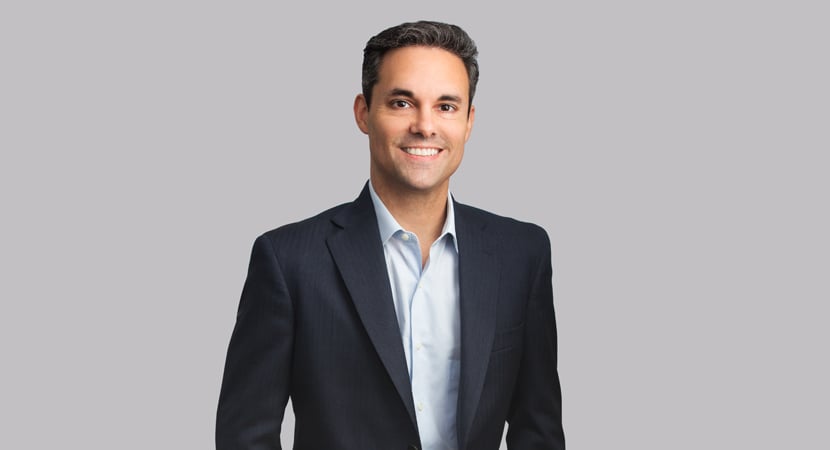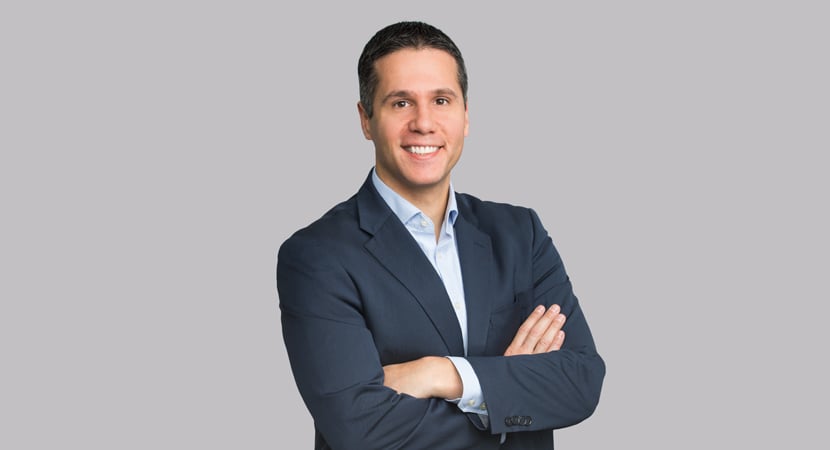In putative class action involving termination of grants of copyrighted sound recordings, district court grants in part plaintiffs’ motion to file second amended complaint, ruling for first time that “gap grants” are terminable under Section 203 of the Copyright Act.
Musicians John Waite, Joe Ely and other recording artists brought a putative class action against Universal Music Group (UMG) for copyright infringement and declaratory relief, claiming UMG continued to exploit the artists’ sound recordings despite the artists having served notices of termination of the grants of rights in the recordings to UMG or its predecessors under Section 203 of the Copyright Act. After the court partially granted UMG’s motion to dismiss the first amended complaint (read our summary of the court’s decision here), plaintiffs moved for leave to file a second amended complaint, in order to add parties, assert infringement claims with respect to additional sound recordings for which the effective dates of termination had since passed, and cure the deficiencies identified in the court’s ruling on the motion to dismiss. UMG challenged several aspects of the proposed amended complaint.
The court generally stuck to guidance under Second Circuit precedent and the Federal Rules of Civil Procedure that leave to amend should be freely given. The court allowed plaintiffs to add three individuals as named plaintiffs—Steven Wynn, Dennis Mehaffey and David Pellish, who together performed as the band The Dream Syndicate—finding the trio’s claims would be similar to those already raised by other named plaintiffs and would cause no prejudice to UMG. Of particular note in finding a lack of prejudice was the fact that any jury trial in the matter had been indefinitely postponed due to the COVID-19 pandemic. The court also allowed the musician plaintiffs to add Capitol Records, a UMG affiliate, as a defendant, based on UMG’s own representations that Capitol was the proper party with respect to certain claims.
Most important, the court allowed plaintiffs to add certain amendments related to named plaintiff Joe Ely’s 1976 recording agreement. As the court explained, because a grant can be terminated under Section 203 only if the grant was “executed” on or after January 1, 1978—while Section 304 of the Copyright Act sets forth the process for terminating grants executed prior to January 1, 1978, for works that were created and copyrighted prior to January 1, 1978—a work created on or after January 1, 1978, but pursuant to an agreement made prior to January 1, 1978, falls into a “gap” that is not covered explicitly by either termination provision. Although the U.S. Copyright Office has taken the position since 2011 that so-called gap grants are terminable under Section 203, neither Congress nor any court had yet addressed the issue.
The court interpreted the term “execute” in Section 203 to mean not “to sign” but rather “to put completely into effect,” which, with regard to a grant of copyright in a future work, occurs when the subject matter of the grant—the work itself—comes into being. Accordingly, the court held, for the first time, that works created on or after January 1, 1978, pursuant to agreements entered into before that date are terminable under Section 203 of the Copyright Act. The court then allowed plaintiffs to add alleged creation dates on or after January 1, 1978, for two sound recordings created pursuant to Ely’s 1976 agreement, allowing them to qualify as gap grants terminable under Section 203.
Plaintiffs were not handed total victory, however, as the court denied plaintiffs leave to add certain amendments that it found would be futile. Because only a grant “executed by the author” is subject to termination under Section 203, the court had dismissed Waite’s and Ely’s claims that were based on recording contracts entered into through third-party loan-out companies. Plaintiffs sought to add allegations concerning additional contractual provisions, inducement letters, and declarations, which they claimed were direct, personal grants of copyright sufficient to come within Section 203’s scope. The court wasn’t swayed, however, finding the inducement letters and declarations to be, at best, “promise[s] of future actions if certain contingencies came to pass,” rather than direct conveyances.
Summary prepared by David Grossman and Jordan Meddy
-
 Co-Chair, Litigation
Co-Chair, Litigation
)






